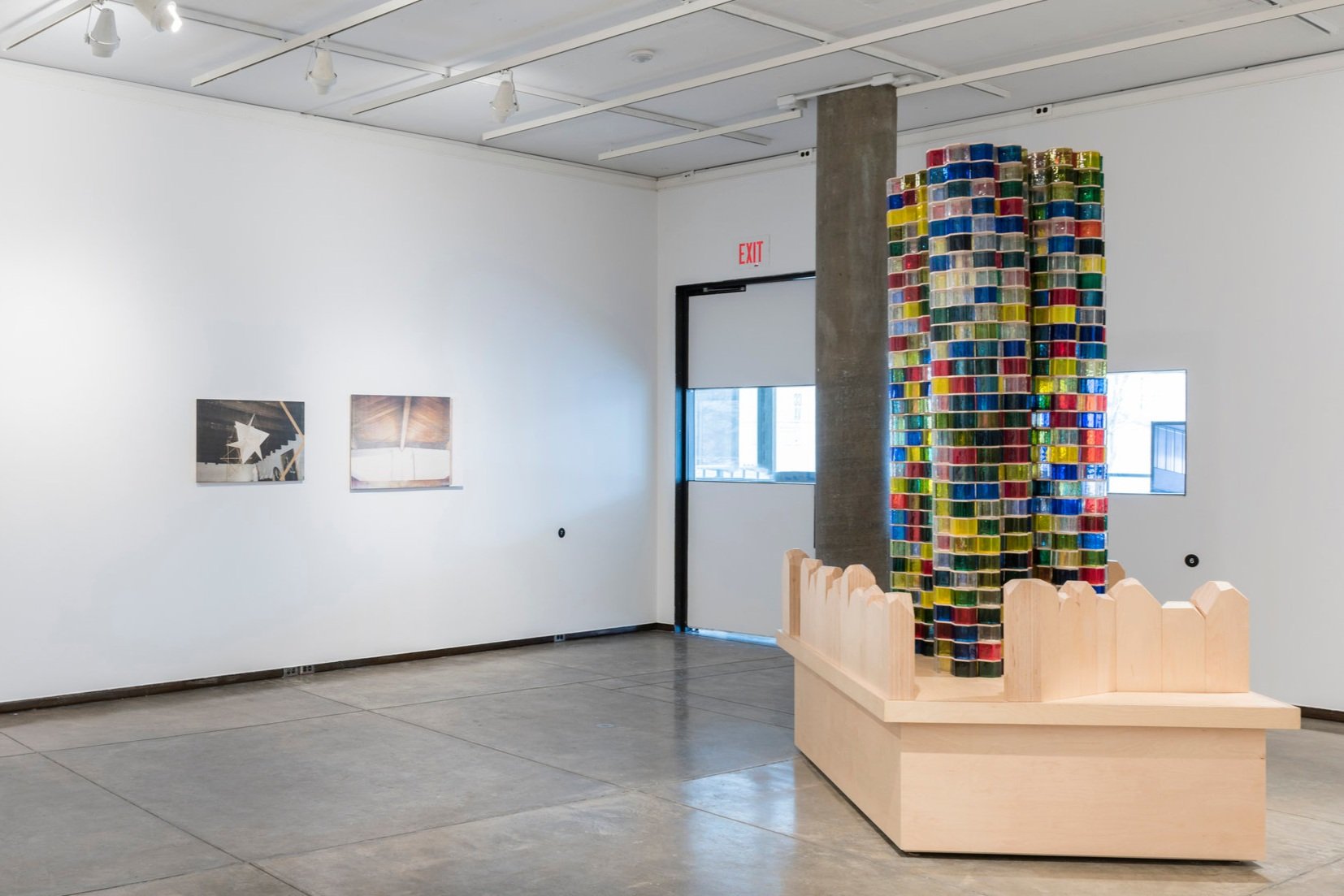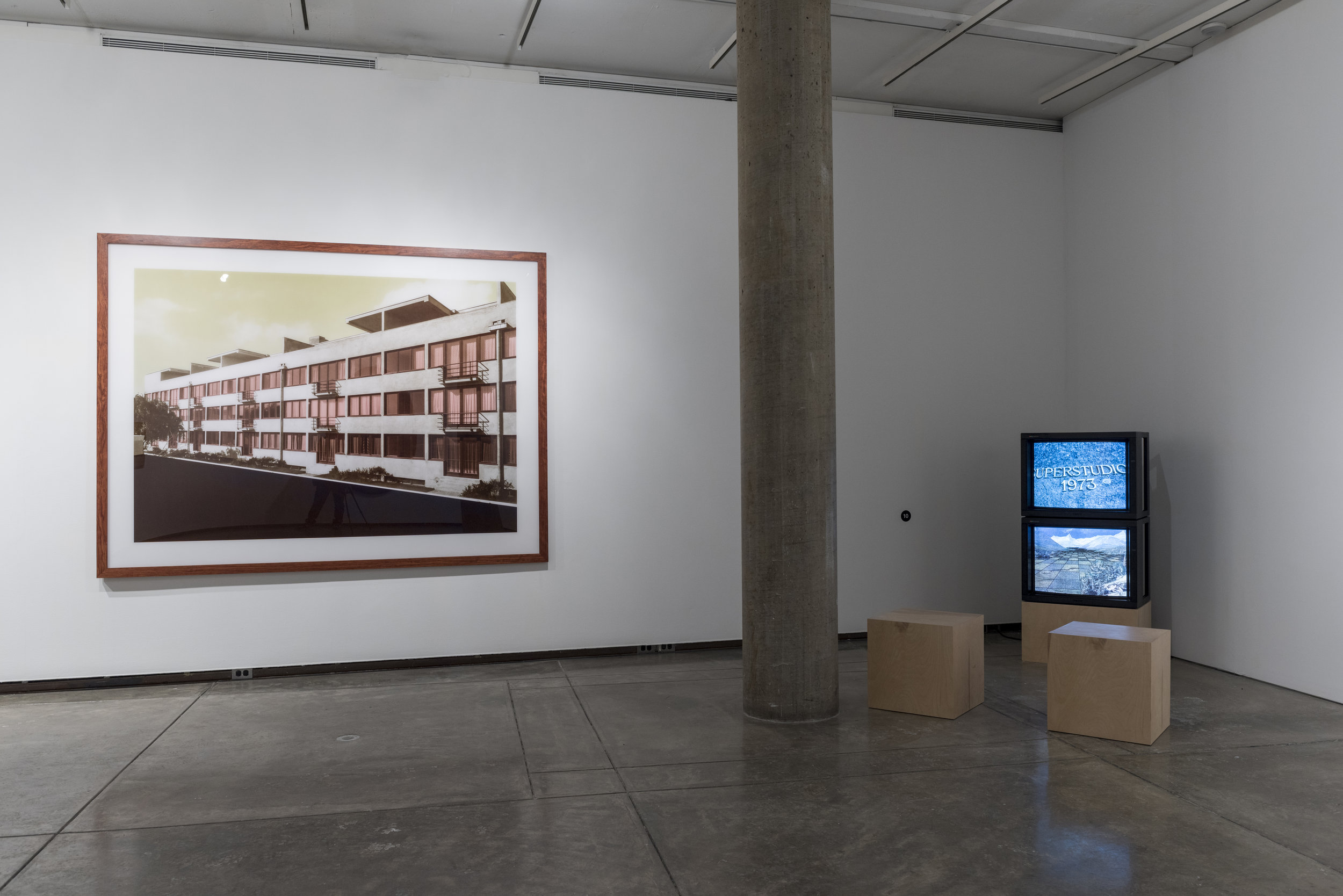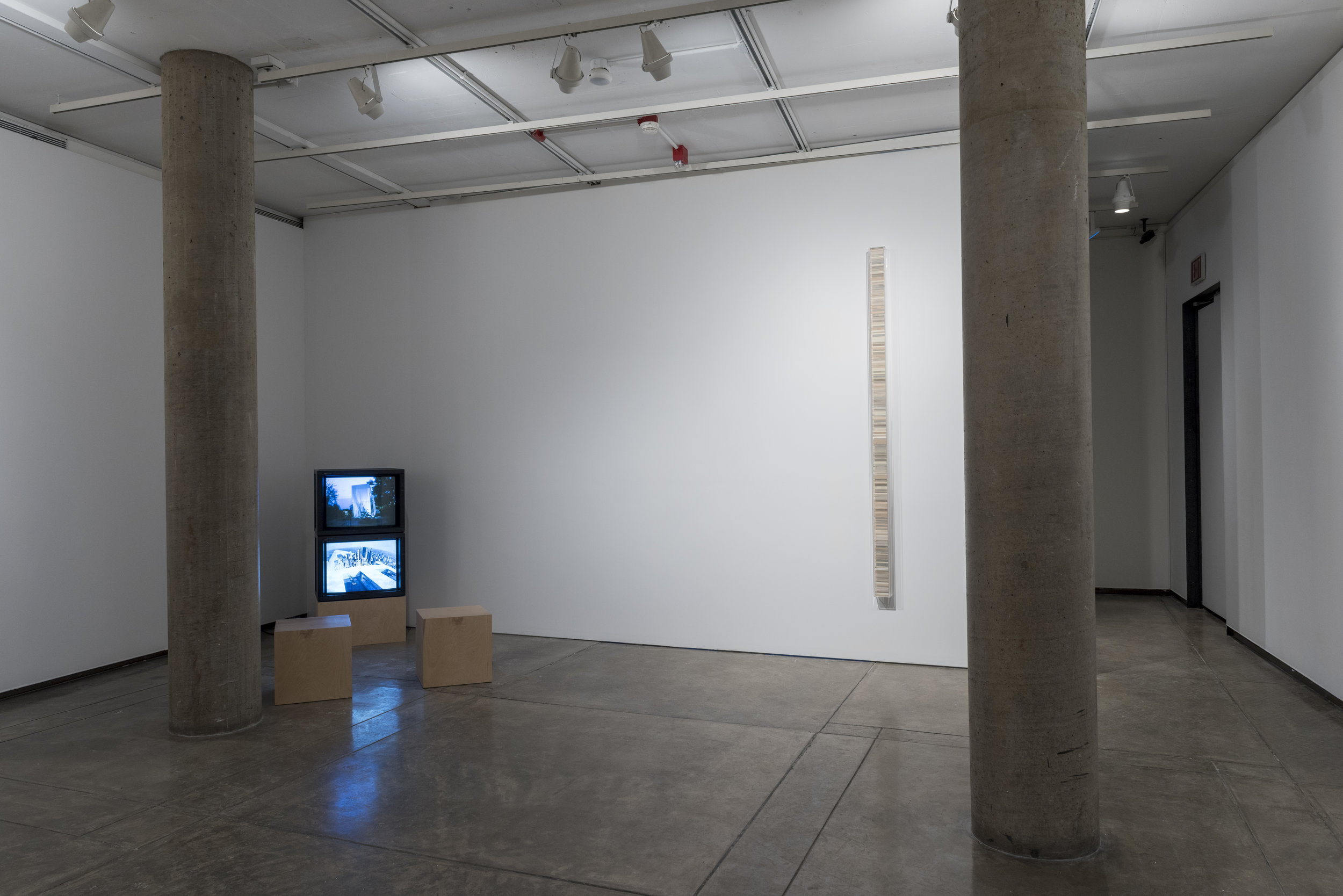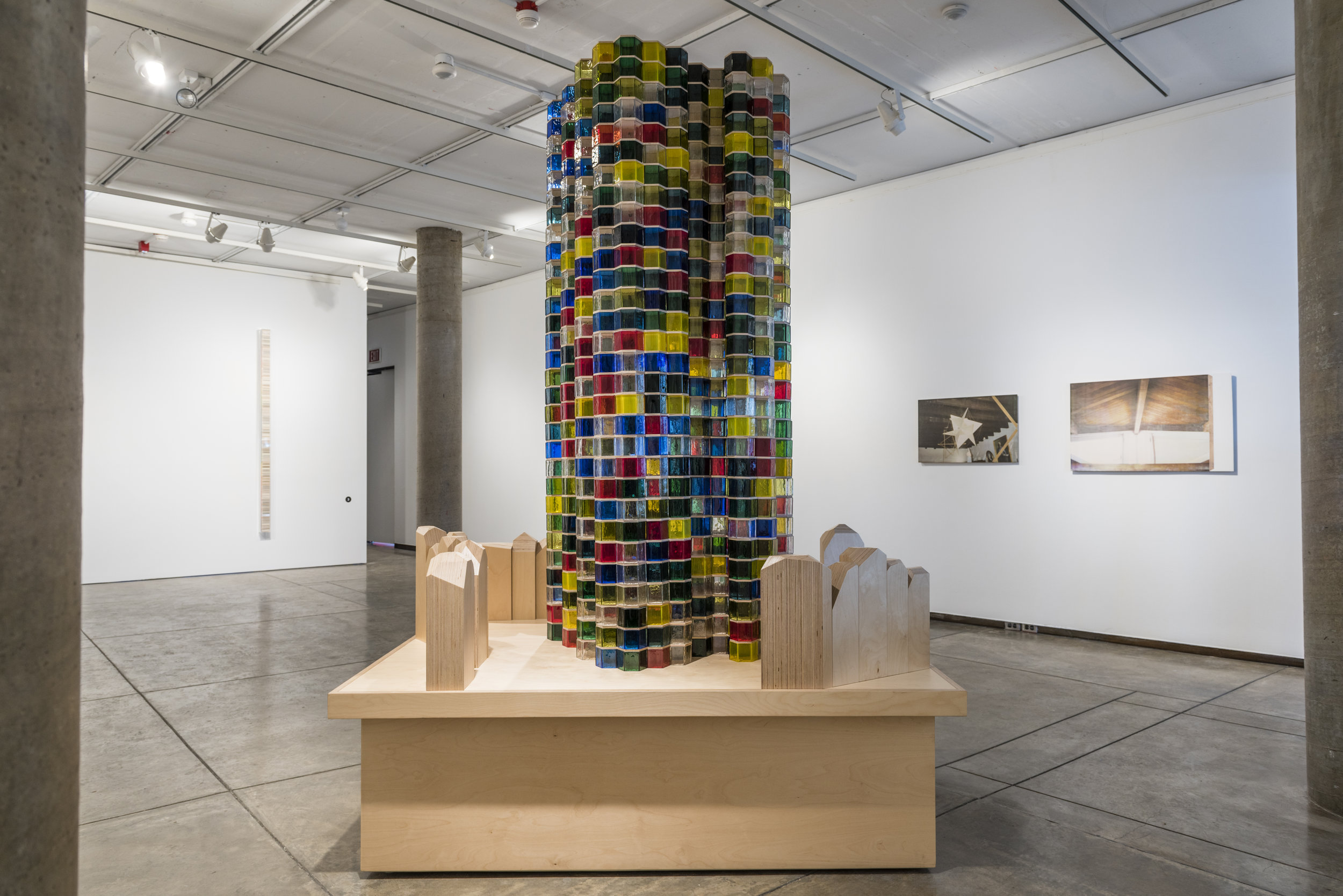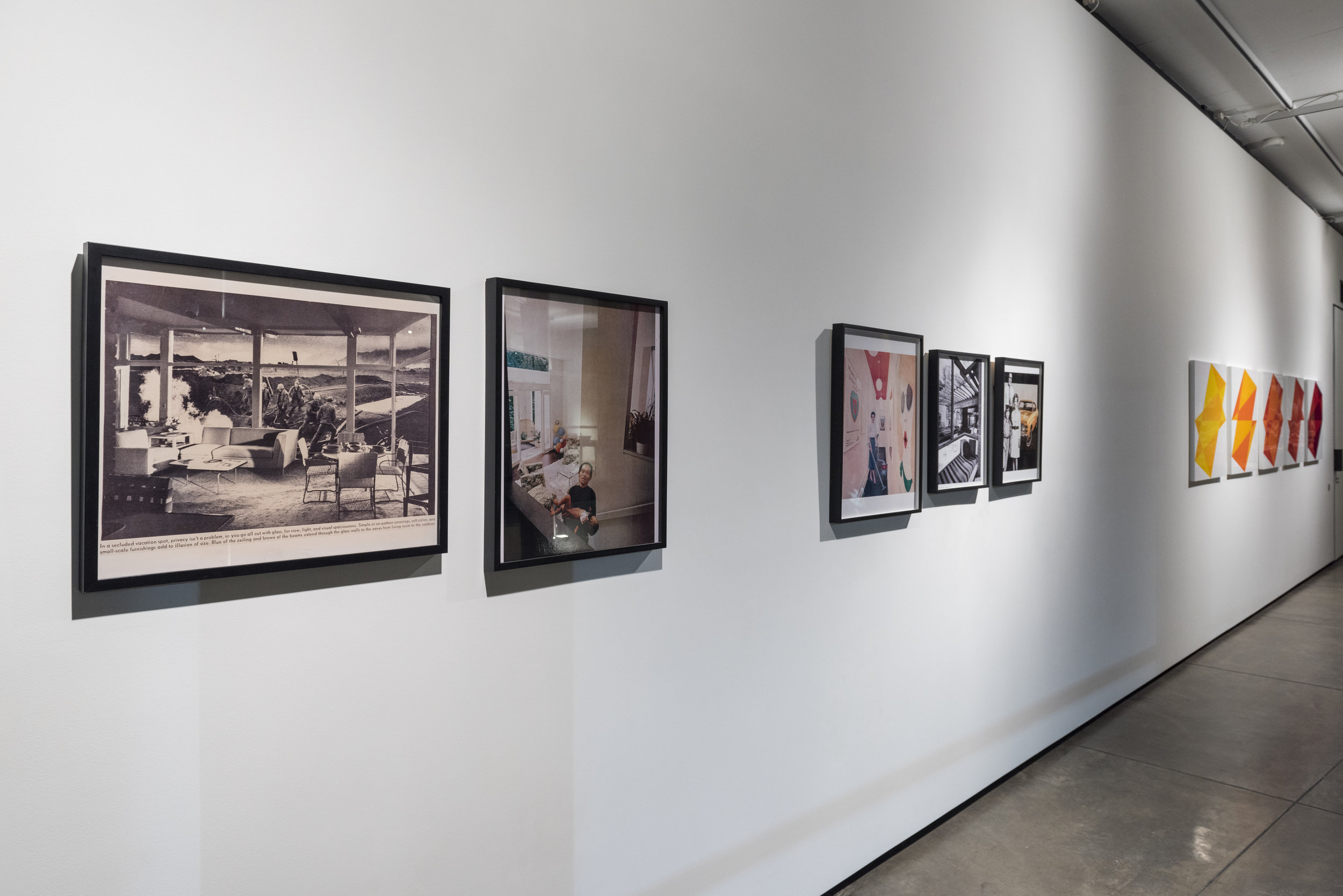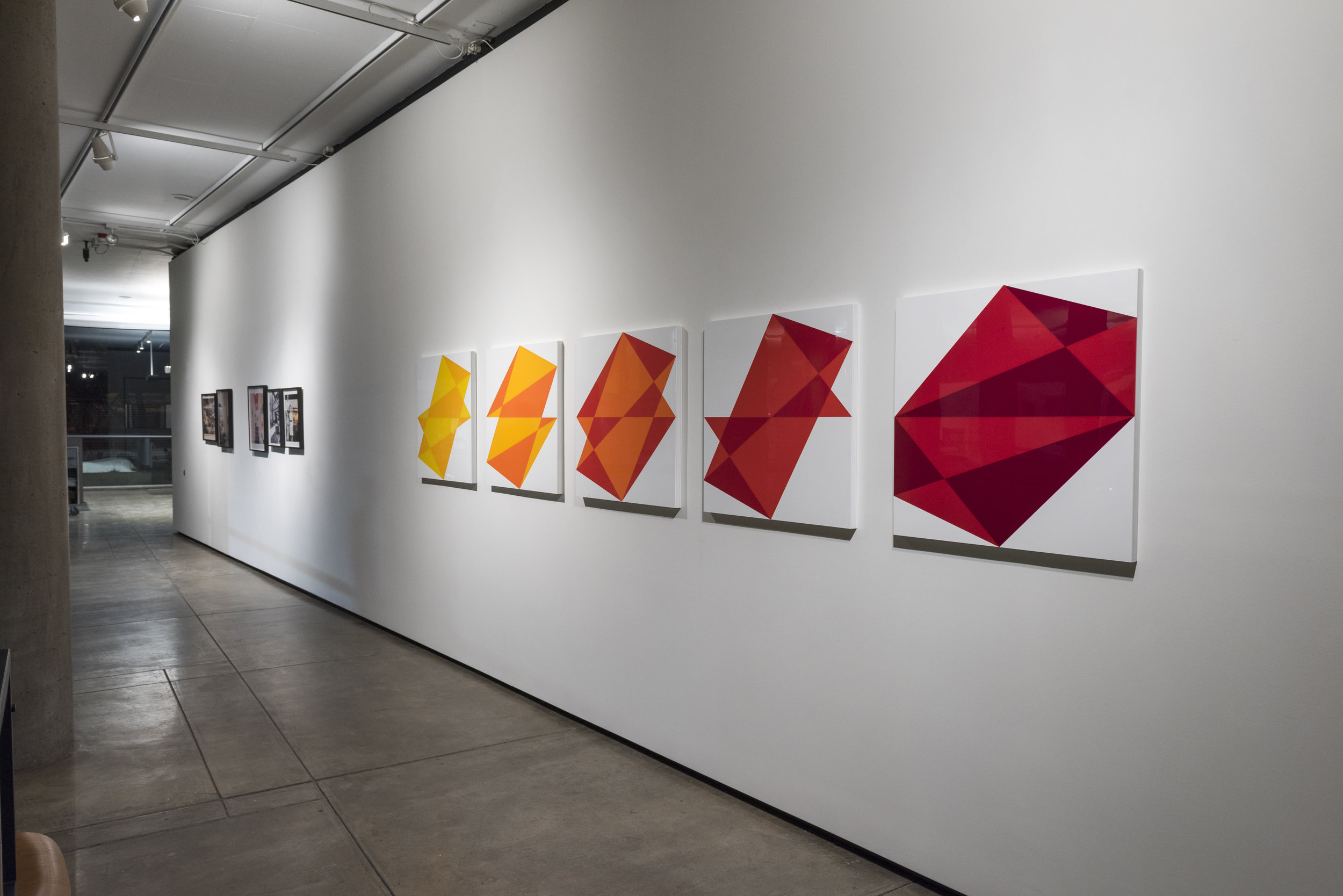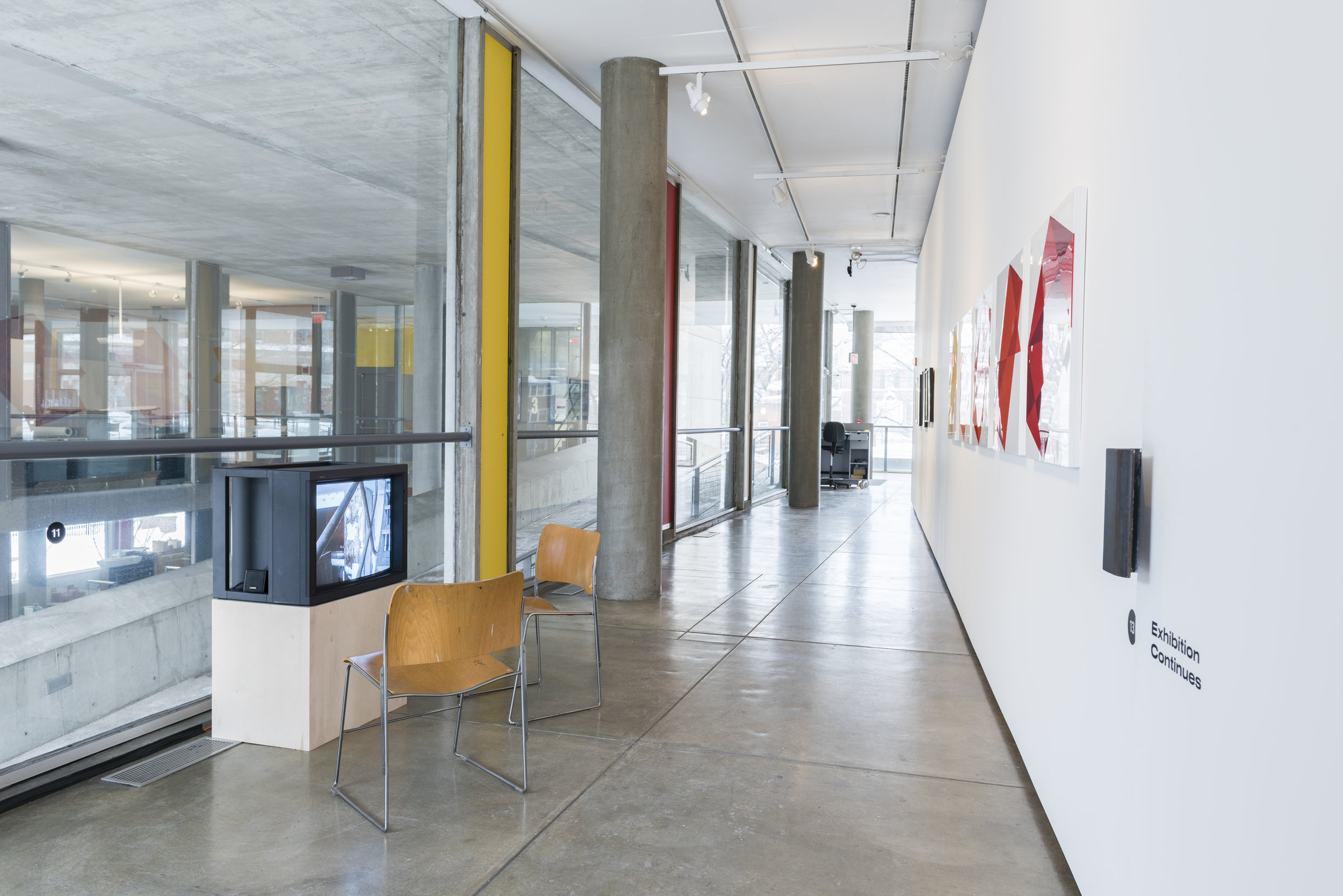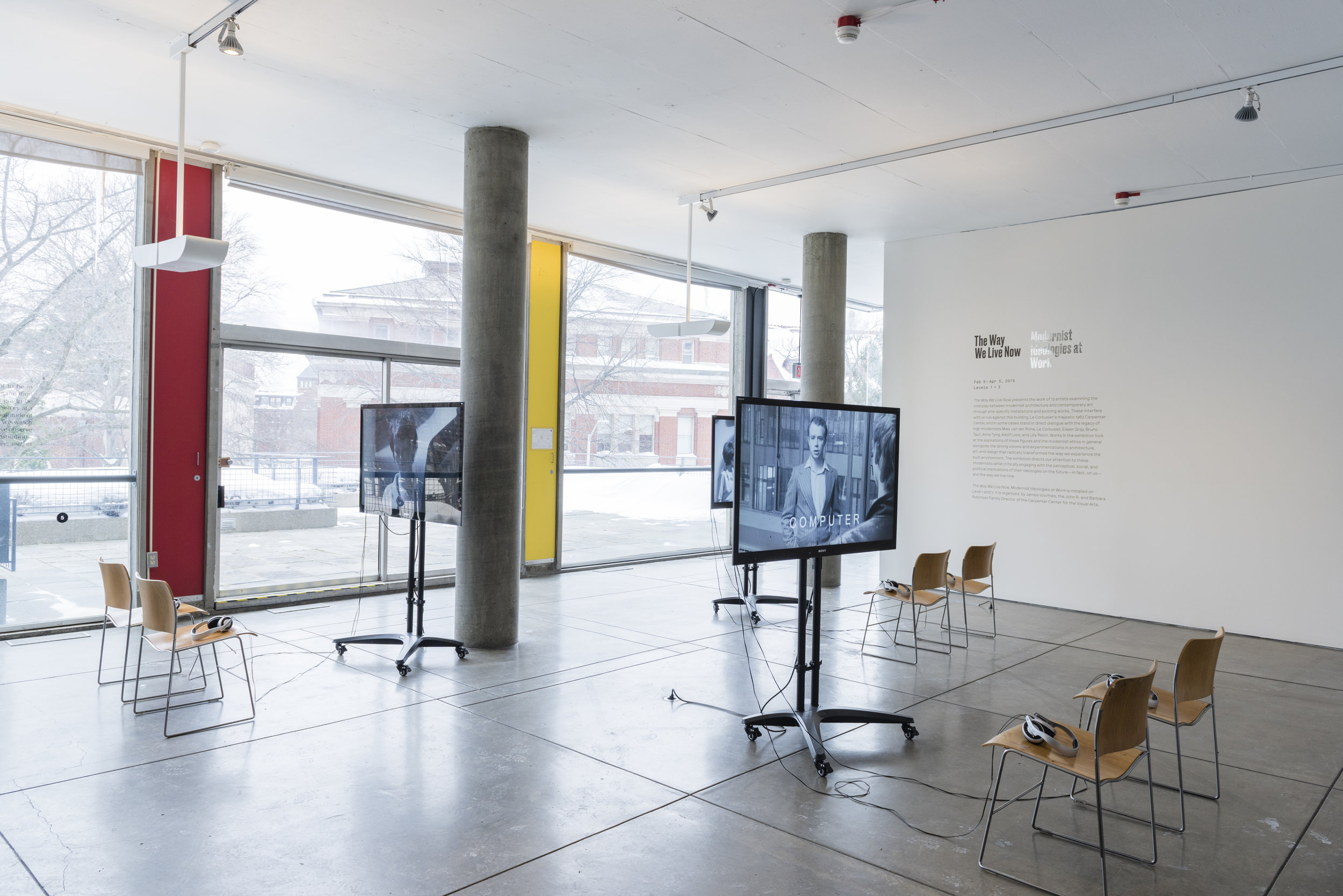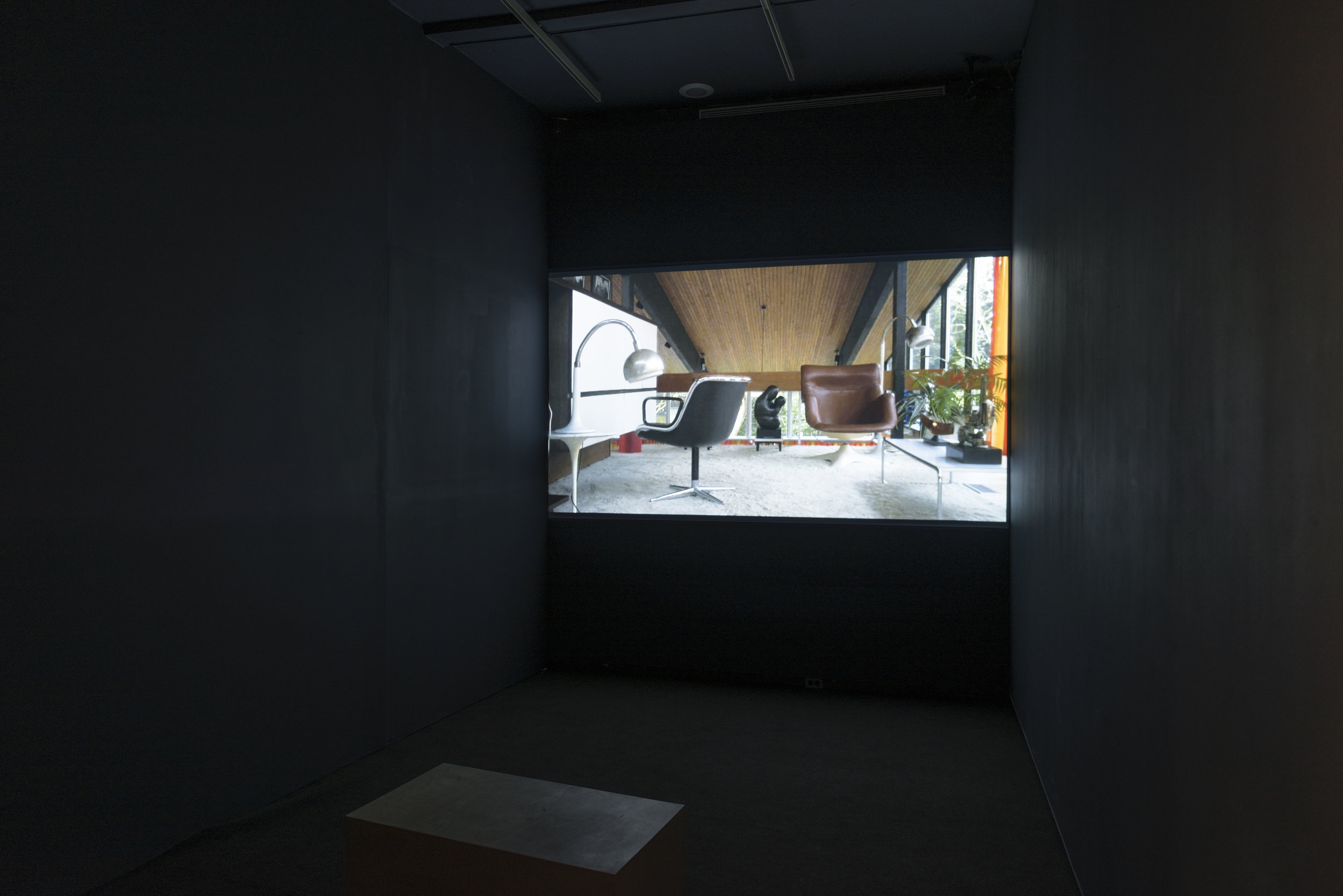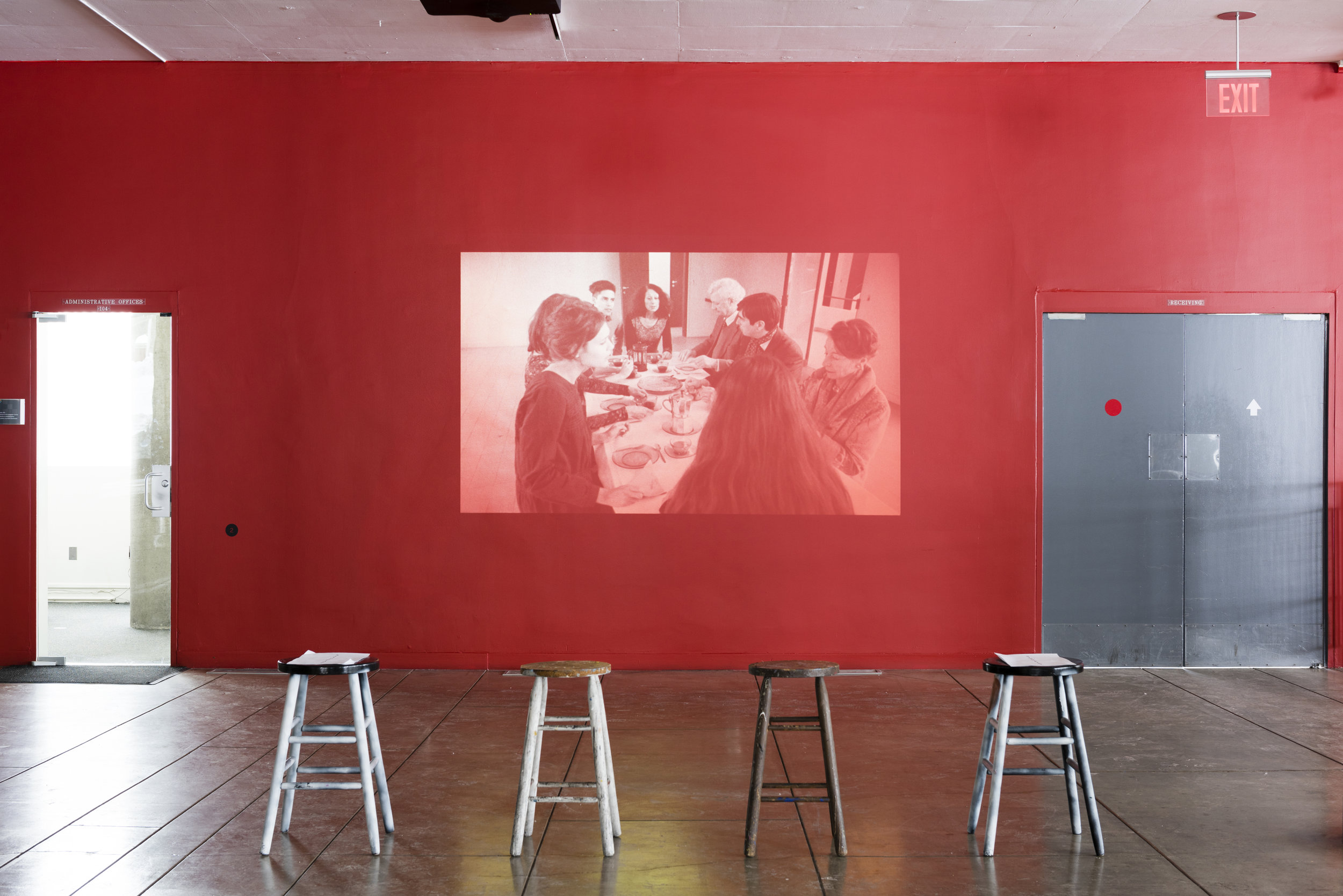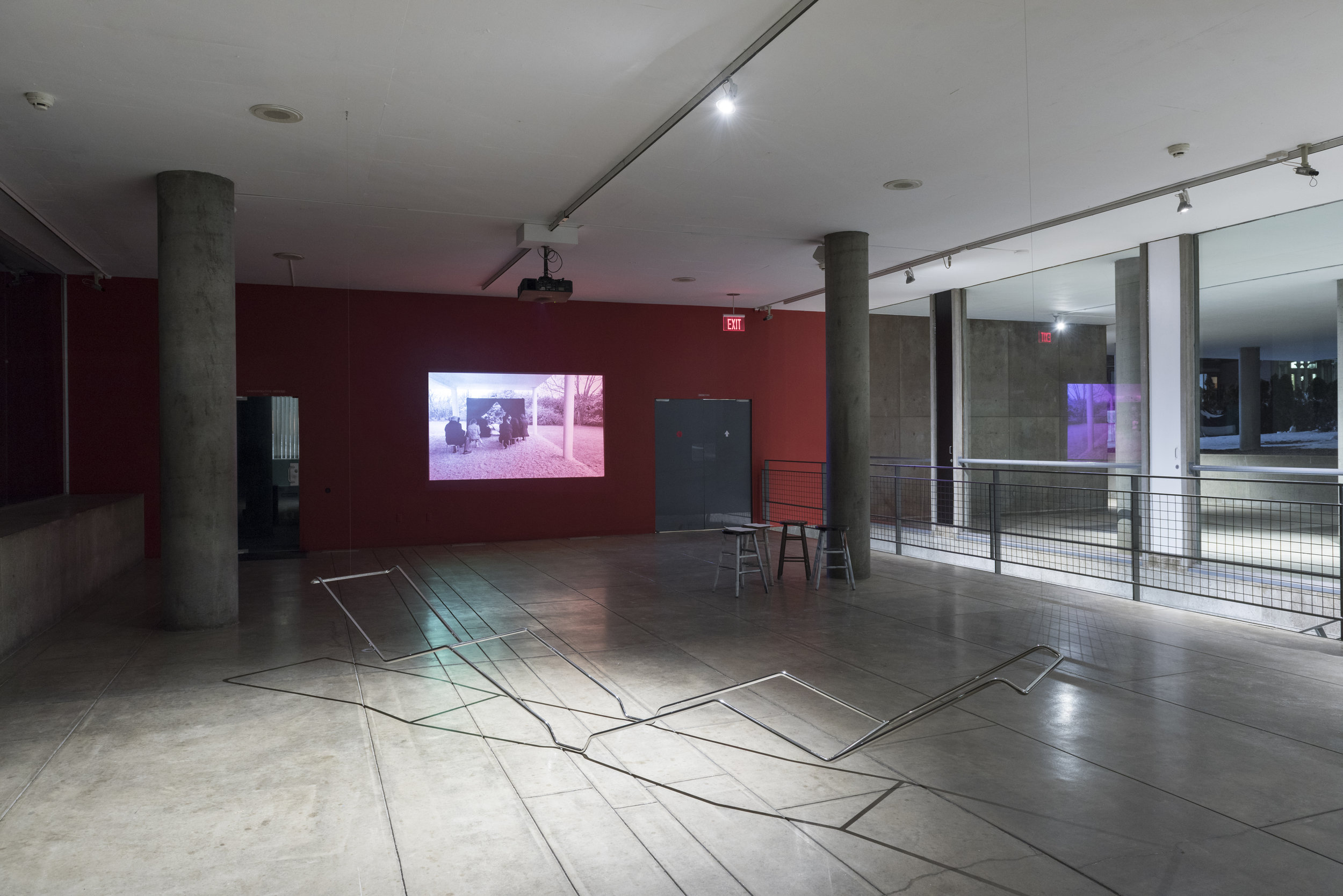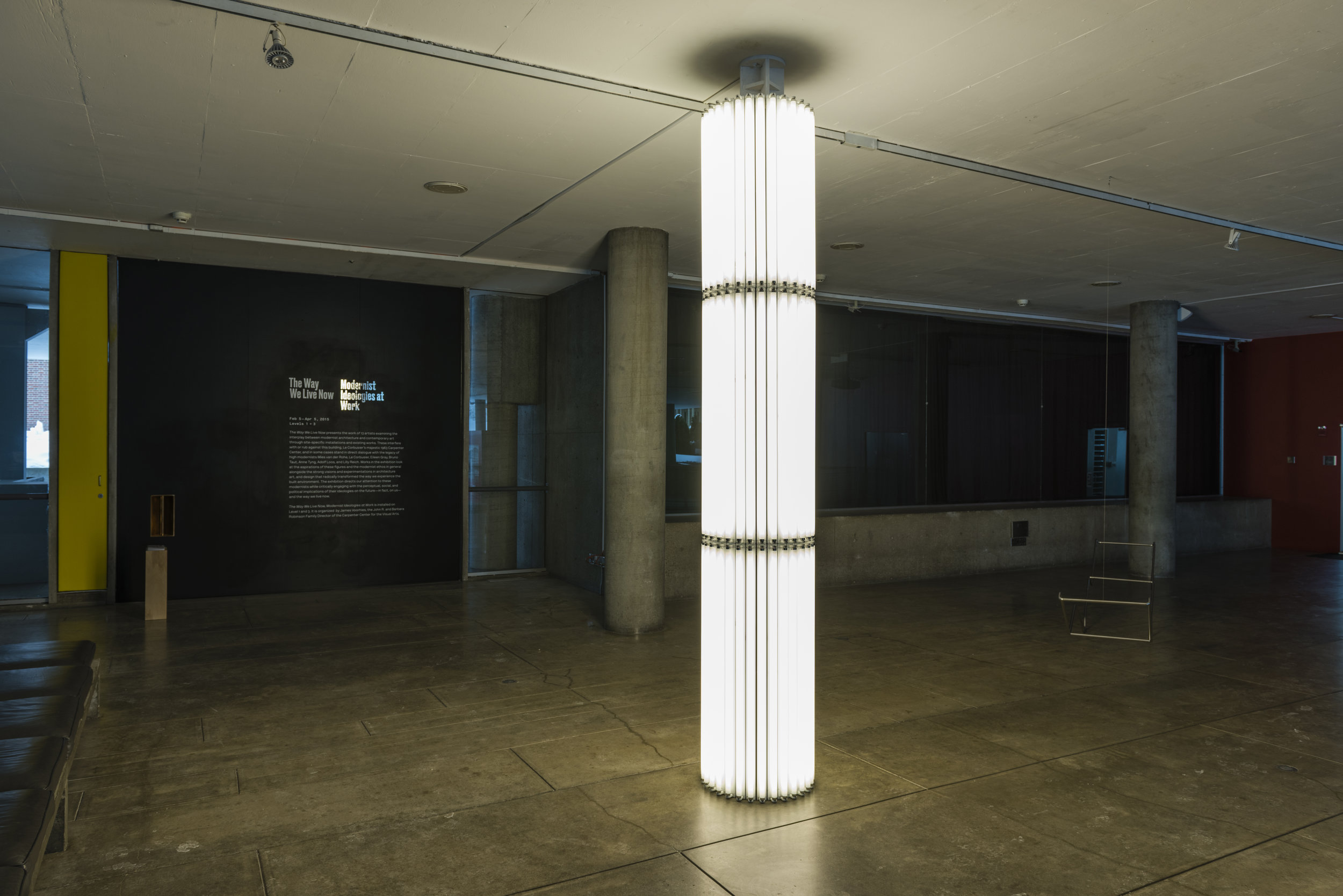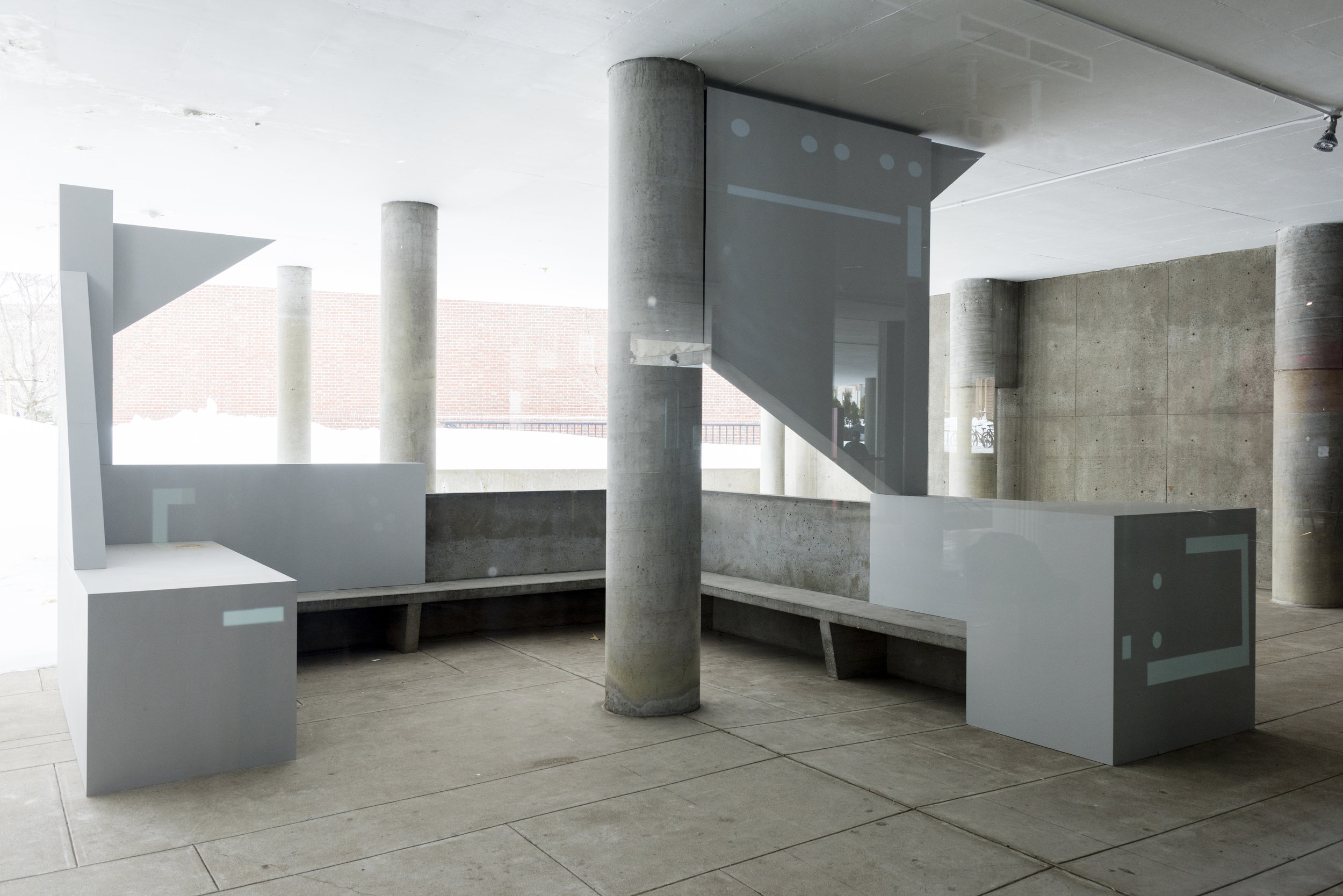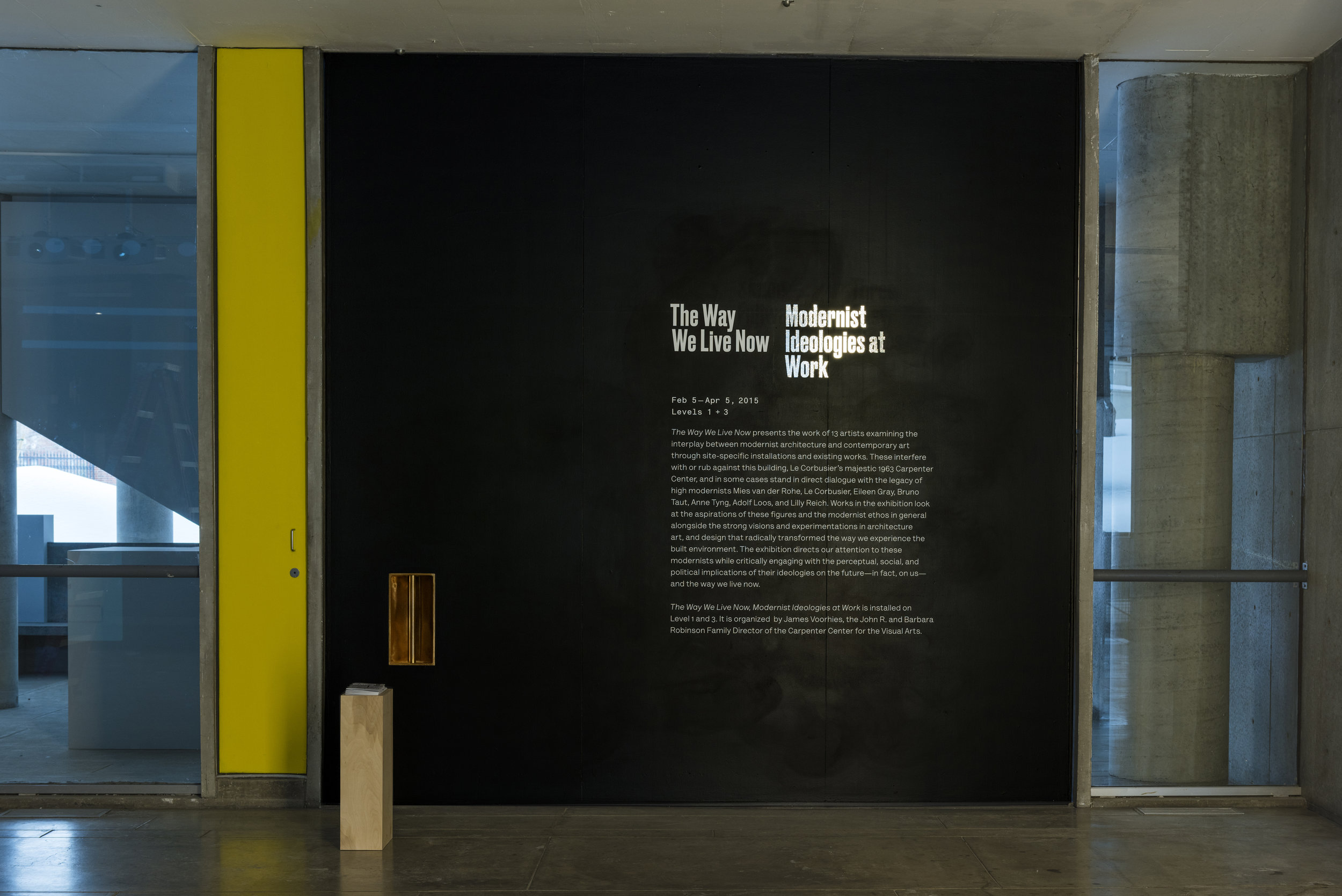The Way We Live Now, Modernist Ideologies at Work

A group exhibition examining the ambitious aspirations of modernist architects and the lingering impacts of their ideological visions on built and social environments.
Curated by James Voorhies
Carpenter Center for the Visual Arts
Harvard University, Cambridge, MA
February 5–April 5, 2015
Gerard Byrne, Fernanda Fragateiro, Josiah McElheny, Elizabeth Price, R.H. Quaytman, Martha Rosler, Thomas Ruff, Allison Smith, SUPERSTUDIO, Ulla von Brandenburg, Cerith Wyn Evans, Amy Yoes, and Brian Zink
Made possible with funding and staff of Harvard University’s Carpenter Center for the Visual Arts; realized within my responsibilities as Director and Curator of the Carpenter Center for the Visual Arts
Figures such as Mies van der Rohe, Le Corbusier, and Adolf Loos pursued ideals of progress, rationality, and purity in their architecture, design, and urban planning. They experimented with technological advancements in glass, concrete, and steel in the domestic spaces they created. Modernist dwellings thus became catalysts for visionary ideas that eventually filtered into the public space, infusing large-scale architectural commissions. The dominating role of men in these fields, combined with the social and cultural conditions of the early twentieth century, precipitated a domestic design that was gendered masculine—and heterosexual. The effeminate, highly ornamental interiors of the belle époque, which had come to symbolize decadent and degenerate lifestyles, gave way to the purist, austere aesthetic of the modernist, single-family dwelling.
The Way We Live Now presented the work of 13 artists examining the interplay between modernist architecture and contemporary art through site-specific installations and existing works. These complicated the site of exhibition—Le Corbusier’s majestic 1963 Carpenter Center building—and in some cases were in direct dialogue with the legacies of the modernists like Mies van der Rohe, Le Corbusier, Eileen Gray, Bruno Taut, Anne Tyng, Adolf Loos, and Lilly Reich. Some works in the exhibition looked at the aspirations of such figures and the modernist ethos in general, alongside the visions and experimentations in architecture, art, and design that radically transformed the way we experience built and social environments today—and the way we live now.
Booklet
...
